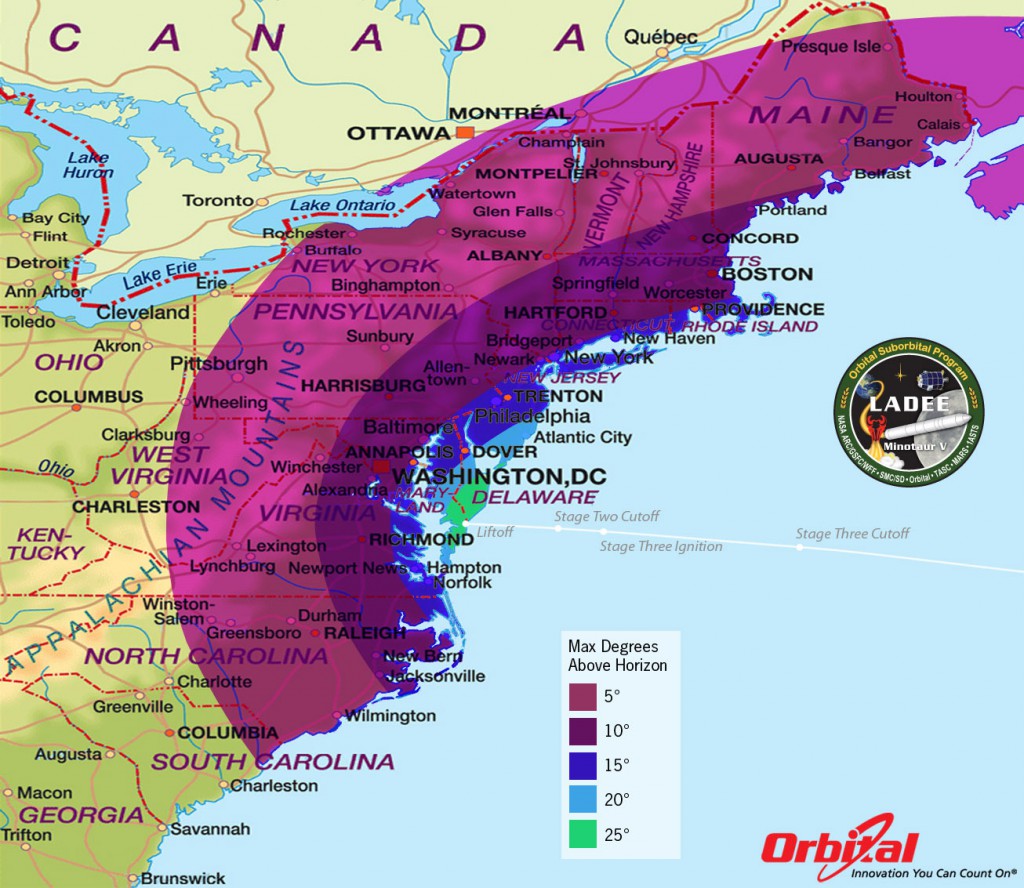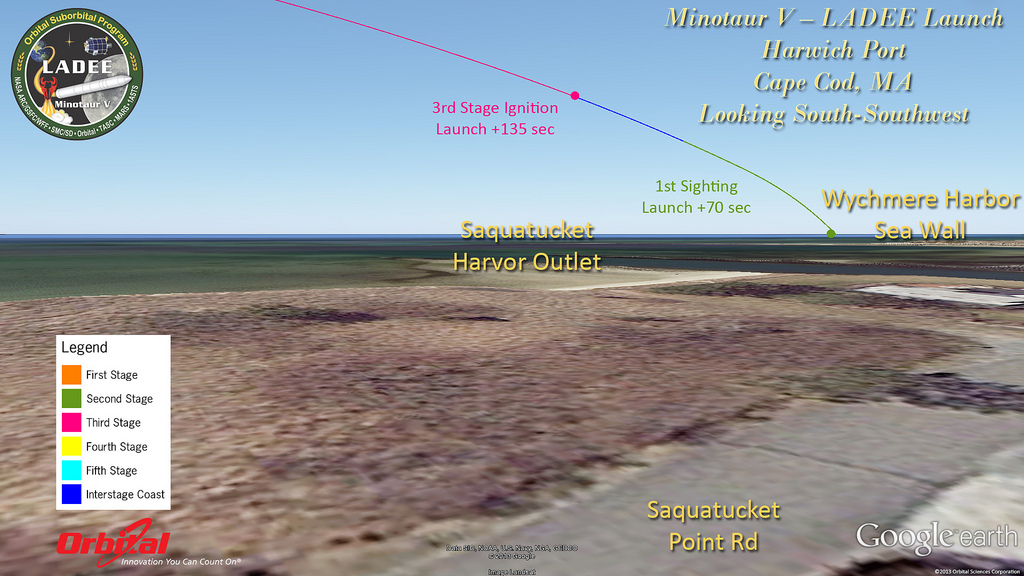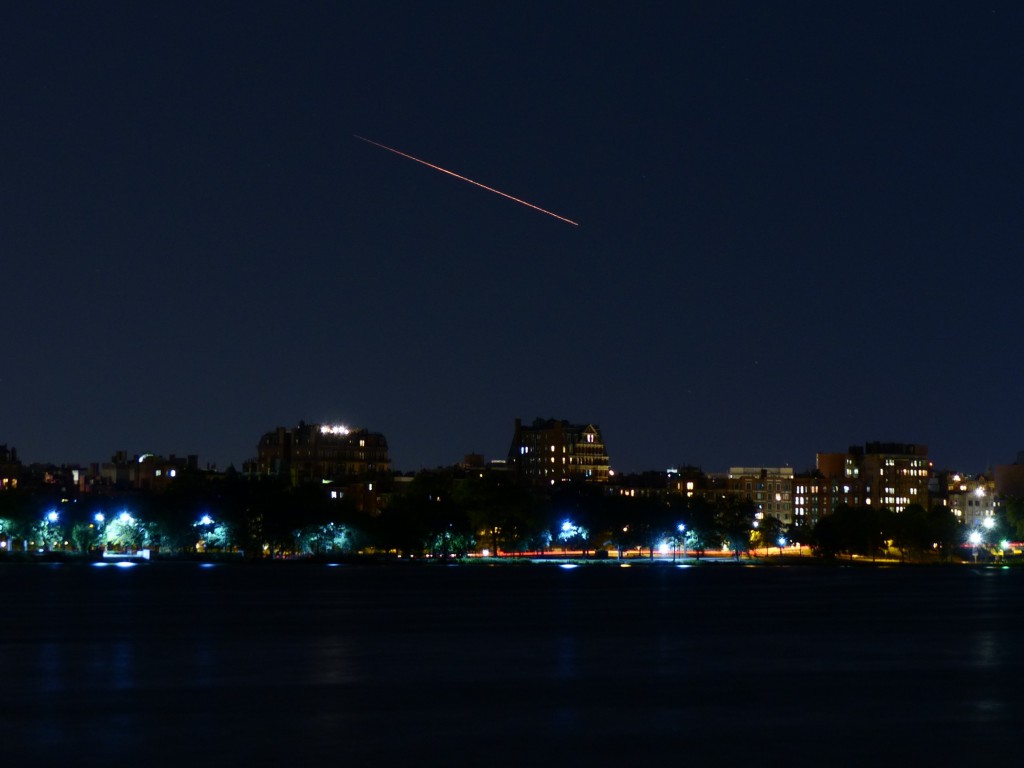Given that bicycling is pretty much the only thing I enjoy that has anything to do with fitness, I try to indulge it when the opportunity presents itself. Which is how I wound up owning four bicycles, not including the stationary exercise one. And having not ridden the folding recumbent for quite a while, I was starting to think it was time to thin the herd.
I’d bought this one some time ago, when I had both a recumbent fixation and a desire to be able to get the bicycle in an airplane. Green Gear, out of Eugene, Oregon, offered just what I wanted, but at an outrageous price. I kept my eyes on the ‘closeouts’ page of their web site, and when the right deal came up I jumped on it.
The Sat-R-Day folding recumbent was sort of a ‘dancing bear’ item – what made it special was not how effectively it folded, but that it folded it at all. In about ten minutes it could be disassembled into pieces small enough to fit into a large black zippered bag. Somewhat unwieldy, but still able to fit in the back of a car or airplane. That bike and I visited perhaps a dozen airports in maybe half a dozen states, yet surprisingly, I think I only put about 700 miles on it.
A new bike better suited to longer trips surfaced a few years ago, and then, when a Brompton showed up on Craig’s list for a price that was only unreasonable and not completely absurd, that joined the stable as well. The Brompton is a marvel of engineering, a design refined over more than twenty years of incremental improvements. It’s lighter than the Sat-R-Day, folds into a much smaller package, and I can unfold it in about a minute. (There’s a guy on YouTube who does it in ten seconds!)
So the Sat-R-Day tended to be left behind when a trip requiring a folder came up. And no bike should be left gathering dust, so I reluctantly decided that it was time for this once pride and joy to find a new home.
Wanting to be sure that it was performing properly, I decided to take my signature ‘Shining Seas Triangle’ ride, about twenty-eight miles, the centerpiece being Cape Cod’s Shining Seas Bike Trail. The season, at least for me, is nearing to a close; as I left the house I was disappointed to see my breath fogging in front of me. RIP summer.
A few miles out, I’m cold, but not desperately so. The gloves help, nothing can make a ride as miserable for me as frozen knuckles. There’s close to zero wind, which helps. At one point I ride past a large open field that’s in direct sunlight. A warm mass of air envelopes me – nice. Its humid air and my glasses fog over immediately – not so nice.
The ride continues. It’s said that recumbents and conventional bikes exercise different muscles, or exercise the same muscles differently. Something’s definitely going on – I’m having a much tougher time of this than I expected. After about seven miles, I make it to the north end of the bike path. The next ten miles will be mostly level, through forest and cranberry bogs, past lakes and marshes, and even along a section of sandy beach alongside the Martha’s Vineyard Sound. I’ve lost count of how many times I’ve done this ride, but every time it’s a delight. I slow down for a moment to enjoy the view across Fresh Pond in North Falmouth. I do a double-take at the dog statue dressed in a Halloween tee-shirt thoughtfully provided by a homeowner whose property abuts the trail. I jump on the brakes to avoid a chipmunk who darts across my path.
Eventually I make it to Woods Hole, and park the bike in front of my usual breakfast place. Standing up for the first time in ninety minutes, that thought about leg muscles and recumbents surfaces with a vengeance. Maybe being mildly sore doesn’t mean I’ve burned more calories, but it does make the pancakes incrementally easier to justify.
Heading back to the bike, the discomfort in my legs is even more obvious. The remaining ten miles back home will definitely take longer than the previous ten.
But a combination of patience and low gear ratios results in my pulling up in front of my garage about an hour later, very much alive, but not quite ready for another ten miles.
Mission accomplished. I survived the ride, and I can sell the bike in good conscience, knowing that, despite its age, its functioning well enough for a not-particularly-fit rider to knock out twenty-eight miles on a beautiful, clear Sunday morning. Hopefully its next owner will have as much fun with this interesting little machine as I have.




